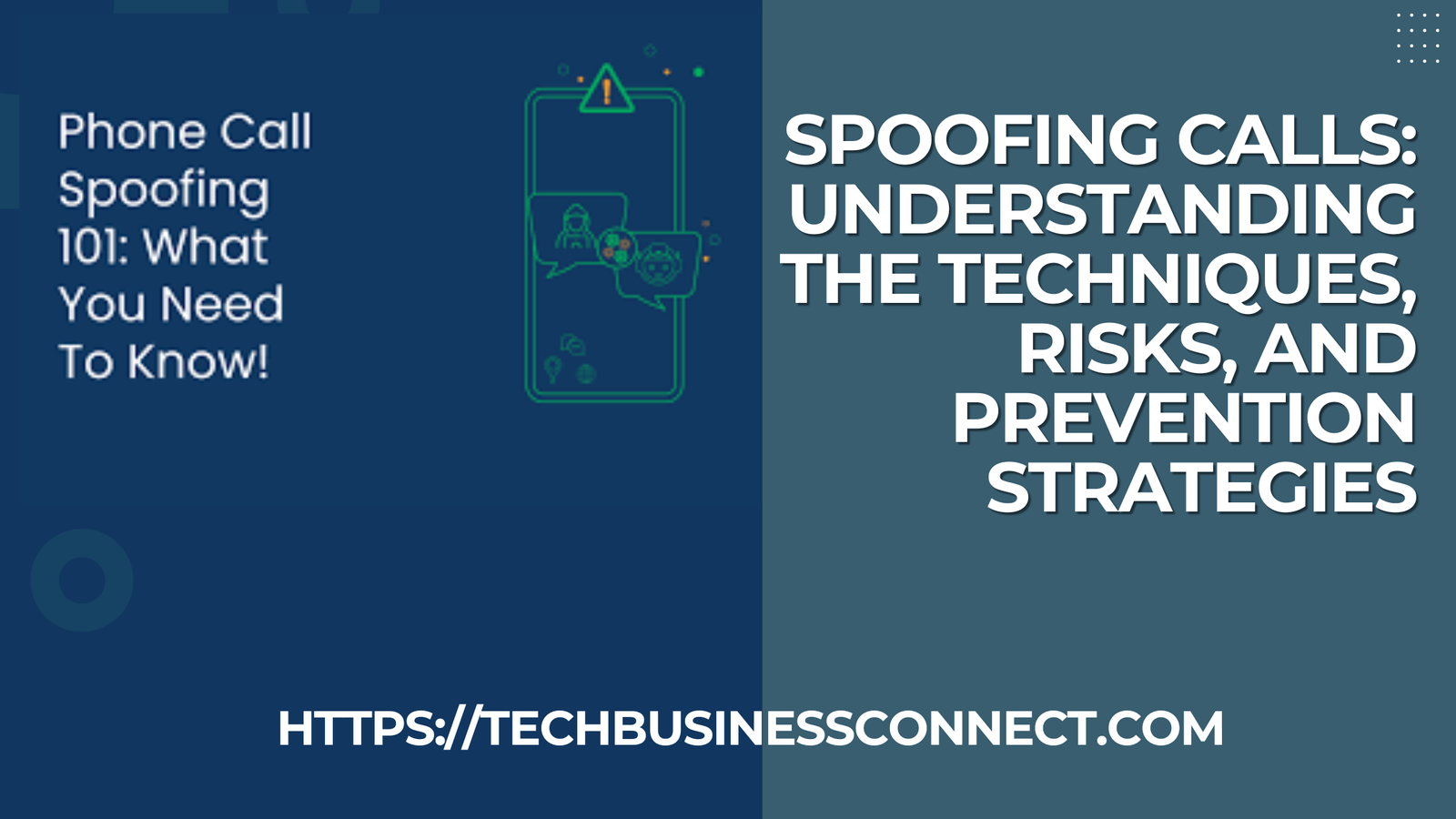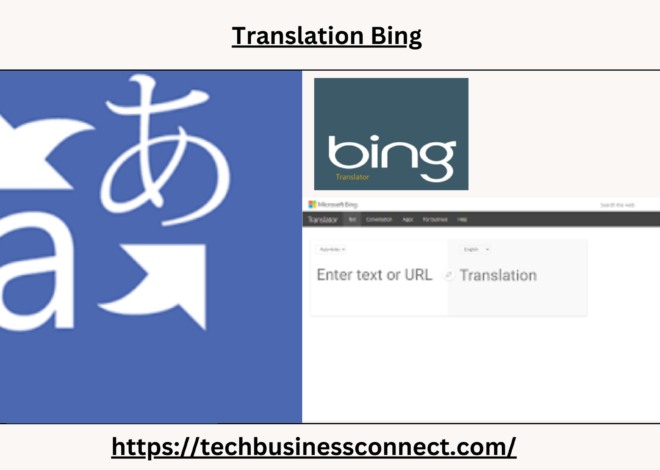
Spoof Your Call: Best Understanding the Techniques, Risks, and Prevention Strategies 2024
Spoof your call in an era of advanced telecommunications, voice communication has undergone a tremendous transformation. However, with these advancements come challenges, and one such challenge is the rise of “call spoofing.” Call spoofing, or caller ID spoofing, refers to the act of deliberately altering the information displayed on the caller ID to disguise the origin of the call. Spoofing can be used for both legitimate and malicious purposes, and understanding the dynamics of this practice is essential for safeguarding personal and organizational security.
What Is Call Spoofing?
Call spoofing involves modifying the number or name that appears on the recipient’s caller ID, making it seem like the call is coming from a different source. This manipulation can be performed using various software, online services, or even apps designed to change the number or name that shows up when making a call.
How Spoofing Works
At its core, caller ID spoofing involves routing calls through third-party services or software that can alter the transmitted caller information. When a person makes a phone call, the calling system sends out data that the recipient’s phone displays as the incoming caller’s number. Spoofing manipulates this process by changing the data packet to display a fake or altered caller ID.
Several services offer spoofing as a feature, often advertised for harmless reasons like pranking friends. However, malicious actors use these same services to commit fraud, scams, or harassment by tricking the recipient into answering calls that appear legitimate but are not.
Legitimate Uses of Call Spoofing
Although spoofing is often associated with negative connotations, there are legitimate uses for this technology. Some valid instances include:
- Call Centers: Businesses may use spoofing to display a central customer service number instead of the direct number of the employee calling, thus ensuring that the customer calls back to a service hotline rather than a specific agent.
- Doctors and Healthcare Providers: Physicians or other healthcare professionals might use spoofing to show the hospital’s general number when making patient calls, protecting the privacy of their personal or office line.
- Private Communications: Some individuals or businesses prefer to use a secondary number for communication, especially if they wish to maintain anonymity or protect their personal phone numbers.
In these cases, the use of spoofing is transparent, intended to maintain privacy or streamline business processes. The intent behind the action is not to deceive or defraud but rather to manage communication more effectively.
Malicious Uses of Spoof Your Call
Unfortunately, spoof your call is more commonly associated with malicious activities. Fraudsters have learned how to exploit this technology to carry out various scams and fraudulent operations. Some of the most common malicious uses include:
1. Scams and Fraud
Spoof your call often pretend to be representatives from government agencies, banks, or utility companies, leveraging the trust associated with these organizations to trick people into divulging sensitive information. This tactic is known as phishing, and it frequently involves impersonating legitimate entities to steal personal data, like social security numbers, credit card information, or account passwords.
In some cases, scammers will spoof a number from a trusted financial institution and ask the recipient to confirm account details, only to use this information for identity theft or financial fraud.
2. Harassment and Stalking
Another disturbing use of spoofing is for harassment and stalking. By masking their phone number, the harasser can make repeated calls without revealing their identity. This is often used to frighten or intimidate the recipient while protecting the caller’s anonymity.
3. Robocalls and Telemarketing
Spoof your call is also heavily used in robocalling, where telemarketers or automated systems attempt to sell products or services. These calls are often spoofed to appear as local numbers, increasing the likelihood that the recipient will answer the call. This practice is not only invasive but also illegal in many jurisdictions.
4. Vishing (Voice Phishing)
Vishing is another fraud method that involves tricking individuals into providing sensitive information over the phone. Scammers will use spoofed caller IDs to impersonate trusted organizations like banks, claiming there is a problem with the victim’s account. By creating a sense of urgency, they can manipulate individuals into revealing confidential details.
Legal Implications of Spoof Your Call
Due to its potential for abuse, many countries have introduced laws and regulations to curb the malicious use of caller ID spoofing. In the United States, the Truth in Caller ID Act of 2009 makes it illegal to spoof caller information with the intent to defraud, cause harm, or wrongfully obtain anything of value. Violations can result in significant fines, and perpetrators can face lawsuits from both the government and affected individuals.
In the European Union, similar regulations are enforced under the General Data Protection Regulation (GDPR) and telecommunication laws that protect consumers from fraudulent practices. Many other countries, including Canada, Australia, and the UK, have also enacted legislation to curb abusive spoofing practices.
How to Identify Call Spoofing
Since spoof your call can display any number or name, identifying them can be tricky. However, there are several red flags that indicate a call might be spoofed:
- Urgency or Threatening Language: Spoofers often create a sense of urgency, using threats of legal action, account suspension, or other dire consequences to push the recipient into action.
- Requests for Personal Information: Legitimate organizations typically will not ask for sensitive information, such as passwords, over the phone. Calls that request such information are likely fraudulent.
- Calls from Trusted Entities: If you receive a call from a known organization asking for information that seems out of character, it’s best to hang up and call back using the official number listed on their website or your account statement.
- Unsolicited Calls: Be wary of unsolicited calls, especially if the caller claims to represent a government agency or financial institution. Scammers often pretend to be from the IRS, social security, or law enforcement agencies.
Prevention and Protection Against Call Spoofing
The rise of call spoofing has prompted phone carriers, regulators, and tech companies to develop solutions aimed at protecting consumers. Here are some of the most effective strategies to mitigate spoofing risks:
1. Call Authentication Protocols
In the U.S., phone carriers are implementing the STIR/SHAKEN framework, which stands for Secure Telephone Identity Revisited (STIR) and Signature-based Handling of Asserted information using toKENs (SHAKEN). This protocol ensures that calls being made over networks are authenticated and verified, making it easier to detect and block spoofed calls.
2. Call Blocking Apps
Many smartphones now offer built-in call-blocking features or apps that help identify and block suspected spam or spoofed numbers. Third-party apps like Hiya, Truecaller, and Nomorobo can also help screen incoming calls and provide users with information about potential scams.
3. Do Not Call Registries
Many countries operate Do Not Call lists, where consumers can register their phone numbers to prevent telemarketers from contacting them. While these lists do not stop all spoofed calls, they reduce the number of unsolicited calls.
4. Education and Awareness
Awareness is one of the most powerful tools for combating call spoofing. Knowing that legitimate organizations will never ask for personal or financial information over the phone is a critical step in preventing fraud. Consumers should be cautious when answering calls from unfamiliar numbers and avoid giving out any sensitive information unless they are certain of the caller’s identity.
5. Report Suspicious Calls
Many regulatory bodies, such as the Federal Communications Commission (FCC) in the U.S. or the Information Commissioner’s Office (ICO) in the UK, have procedures for reporting spam and spoofed calls. By reporting suspicious activity, individuals can contribute to the effort to track down and stop malicious spoofers.
Conclusion
Spoof your call is a sophisticated tool that can be used for both legitimate purposes and criminal activities. While technological advancements have made it easier to manipulate caller information, the rise of spoofing has also led to new countermeasures designed to protect consumers. By staying vigilant, adopting protective technologies, and educating oneself about the risks, individuals can effectively guard against fraudulent calls and reduce the impact of malicious spoofing. As the telecommunications industry continues to evolve, ongoing efforts by regulators, businesses, and consumers alike will be crucial in minimizing the risks associated with call spoofing.


